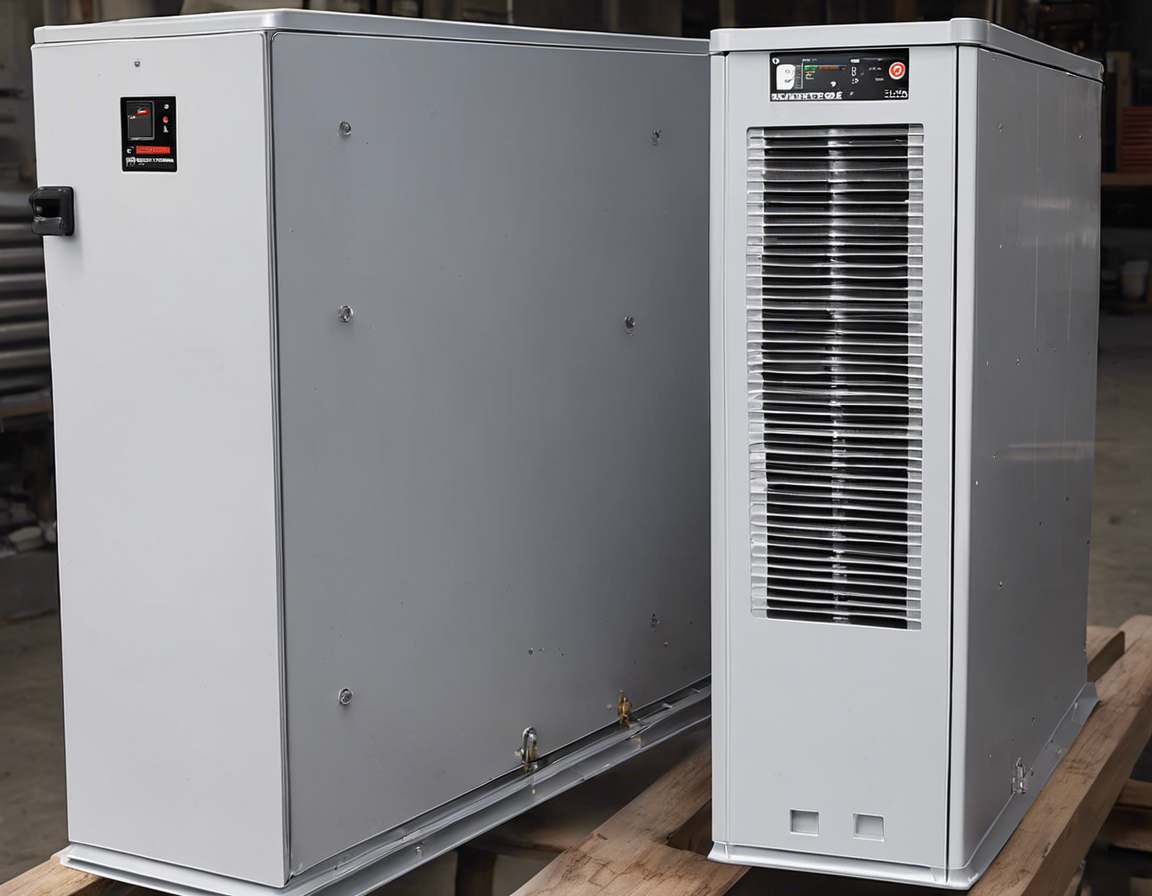
Ultimate Guide to Inverter Batteries: Everything You Need to Know
Are you looking to power your home appliances during a blackout or looking for an alternative source of energy to reduce your electricity bills? Inverter batteries are the perfect solution for all your power backup needs. In this comprehensive guide, we will delve into everything you need to know about inverter batteries, their types, how they work, maintenance tips, and more.
Understanding Inverter Batteries
Inverter batteries are lead-acid batteries specifically designed to provide power backup during electricity outages. They come in various sizes and capacities to cater to different power requirements. These batteries work in conjunction with inverters, which convert DC power stored in the battery into AC power to run your appliances.
Types of Inverter Batteries
-
Flat Plate Batteries: These are the most common type of inverter batteries. They are cost-effective but require regular maintenance.
-
Tubular Batteries: Considered more efficient than flat plate batteries, tubular batteries have a longer life span and better performance.
-
Maintenance-Free Batteries: As the name suggests, these batteries require minimal maintenance and are spill-proof, making them hassle-free to use.
How Do Inverter Batteries Work?
Inverter batteries store electricity in the form of chemical energy. When the power supply is available, the battery gets charged through the inverter. During a power cut, the inverter converts the stored DC power in the battery into AC power, providing electricity to your home appliances.
Factors to Consider When Choosing an Inverter Battery
-
Battery Capacity: Choose a battery capacity based on your power requirements and the duration of backup you need.
-
Battery Type: Select a battery type depending on factors like budget, maintenance preference, and longevity.
-
Inverter Compatibility: Ensure that the inverter battery you choose is compatible with your inverter for optimal performance.
-
Brand and Warranty: Opt for a reputable brand that offers a good warranty period for your peace of mind.
Maintenance Tips for Inverter Batteries
Proper maintenance is crucial to ensure the longevity and performance of your inverter battery. Here are some essential maintenance tips:
-
Regular Inspection: Check the battery terminals and connections for any corrosion or damage.
-
Water Level: For non-sealed batteries, check and top up the water levels regularly with distilled water.
-
Cleaning: Keep the battery and its surroundings clean and free from dust to prevent overheating.
-
Temperature: Maintain the battery at optimal temperatures to prolong its life span.
Frequently Asked Questions (FAQs)
-
How long do inverter batteries last?
Inverter battery life span can vary depending on usage, maintenance, and quality. On average, they can last anywhere between 3 to 5 years. -
Can I use a regular car battery as an inverter battery?
No, car batteries are designed for starting vehicles and are not suitable for deep-cycle applications like powering home appliances through inverters. -
How often should I replace my inverter battery?
It is recommended to replace your inverter battery every 3-5 years, depending on its condition and performance. -
Can I add distilled water to maintenance-free batteries?
No, maintenance-free batteries are sealed, and you should not attempt to open them or add water. -
Can I use solar panels to charge my inverter battery?
Yes, you can use solar panels to charge your inverter battery, creating a sustainable and eco-friendly power backup solution.
In conclusion, inverter batteries are essential for providing uninterrupted power supply during outages. By understanding the types, working principle, maintenance tips, and factors to consider, you can make an informed decision when choosing the right inverter battery for your needs. Make sure to follow the recommended maintenance practices to maximize the efficiency and lifespan of your inverter battery.

